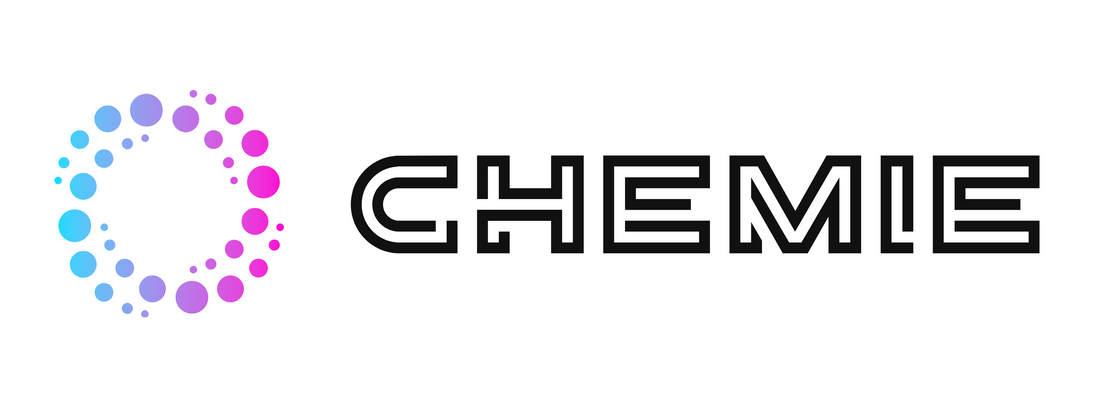Chemie Things To Know Before You Get This
Chemie Things To Know Before You Get This
Blog Article
Getting The Chemie To Work
Table of ContentsFacts About Chemie UncoveredGet This Report on ChemieChemie Things To Know Before You BuyOur Chemie IdeasWhat Does Chemie Mean?Chemie Things To Know Before You Get This
By Bojanna Shantheyanda, Sreya Dutta, Kevin Coscia and David SchiemerDynalene, Inc. Liquid air conditioning, which can be accomplished making use of indirect or straight means, is used in electronic devices applications having thermal power densities that might go beyond risk-free dissipation via air cooling. Indirect fluid air conditioning is where warm dissipating digital components are physically divided from the liquid coolant, whereas in instance of direct air conditioning, the components remain in direct call with the coolant.Nevertheless, in indirect cooling applications the electric conductivity can be vital if there are leaks and/or spillage of the liquids onto the electronic devices. In the indirect cooling applications where water based fluids with corrosion inhibitors are normally used, the electrical conductivity of the fluid coolant generally relies on the ion concentration in the fluid stream.
The increase in the ion focus in a closed loop liquid stream might occur as a result of ion seeping from steels and nonmetal components that the coolant fluid touches with. During procedure, the electrical conductivity of the fluid may raise to a level which might be hazardous for the cooling system.
Chemie Can Be Fun For Anyone
(https://pastebin.com/u/chemie999)They are grain like polymers that are capable of exchanging ions with ions in a remedy that it touches with. In today job, ion leaching examinations were performed with different steels and polymers in both ultrapure deionized (DI) water, i.e. water which is treated to the highest degree of pureness, and low electric conductive ethylene glycol/water blend, with the determined change in conductivity reported in time.
The samples were permitted to equilibrate at area temperature level for two days before taping the initial electrical conductivity. In all examinations reported in this research study fluid electric conductivity was measured to an accuracy of 1% making use of an Oakton disadvantage 510/CON 6 series meter which was adjusted before each measurement.
An Unbiased View of Chemie
from the wall surface home heating coils to the facility of the heating system. The PTFE sample containers were put in the furnace when steady state temperature levels were reached. The test configuration was gotten rid of from the heating system every 168 hours (seven days), cooled down to room temperature with the electric conductivity of the fluid gauged.
The electric conductivity of the liquid example was monitored for a total of 5000 hours (208 days). Schematic of the indirect closed loophole cooling experiment set up. Components made use of in the indirect closed loop cooling experiment that are in call with the liquid coolant.

Some Of Chemie
Throughout procedure the liquid tank temperature level was preserved at 34C. The modification in liquid electrical conductivity was kept an eye on for 136 hours. The fluid from the system was accumulated and saved. Closed loophole test with ion exchange resin was brought out with the very same cleansing procedures employed. The preliminary electrical conductivity of the 230ml UP-H2O in the system determined 1.84 S/cm.

0.1 g of Dowex material was contributed to 100g of fluid examples that was taken in a separate container. The mixture was stirred and alter in the electric conductivity at space temperature was determined every hour. The gauged change in the electric conductivity of the UP-H2O and EG-LC examination liquids consisting of polymer or steel when immersed for 5,000 hours at 80C is revealed Figure 3.
Examine This Report about Chemie
Ion leaching experiment: Calculated change in electric conductivity of water and EG-LC coolants having either polymer or steel examples when submersed for 5,000 hours at 80C. The outcomes indicate that metals added less ions into the fluids than plastics in both UP-H2O and EG-LC based coolants.
Liquids containing polypropylene and HDPE exhibited the least expensive electrical conductivity changes. This could be as a result of the short, rigid, direct chains which are less most likely to add ions than longer branched chains with weaker intermolecular forces. Silicone also executed well in both test fluids, as polysiloxanes are generally chemically inert as a result of the high bond energy of the silicon-oxygen bond which would certainly stop deterioration of the product into the liquid.
The Best Strategy To Use For Chemie
It would certainly be expected that PVC would produce similar outcomes to those of PTFE and HDPE based upon the similar chemical frameworks of the materials, however there might be various other impurities existing in the PVC, such as plasticizers, that may impact the electrical conductivity of the fluid - silicone synthetic oil. In addition, chloride teams in PVC can likewise seep into the see test liquid and can trigger an increase in electrical conductivity
Buna-N rubber and polyurethane revealed indications of destruction and thermal disintegration which recommends that their possible energy as a gasket or sticky product at higher temperature levels might lead to application problems. Polyurethane completely broke down right into the examination fluid by the end of 5000 hour examination. Number 4. Prior to and after photos of steel and polymer examples immersed for 5,000 hours at 80C in the ion leaching experiment.
Calculated modification in the electrical conductivity of UP-H2O coolant as a function of time with and without resin cartridge in the shut indirect air conditioning loophole experiment. The gauged adjustment in electrical conductivity of the UP-H2O for 136 hours with and without ion exchange resin in the loophole is shown in Figure 5.
Report this page